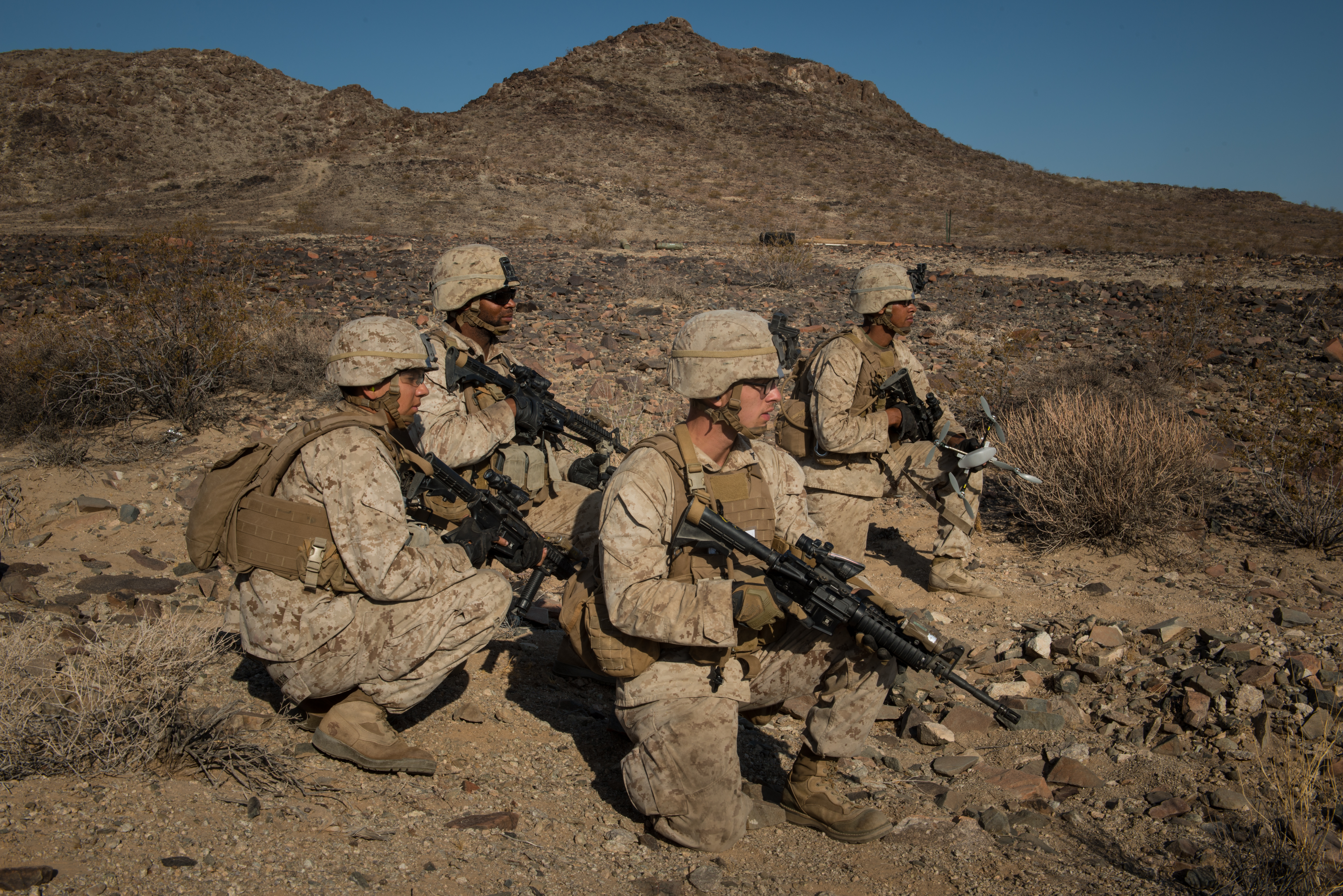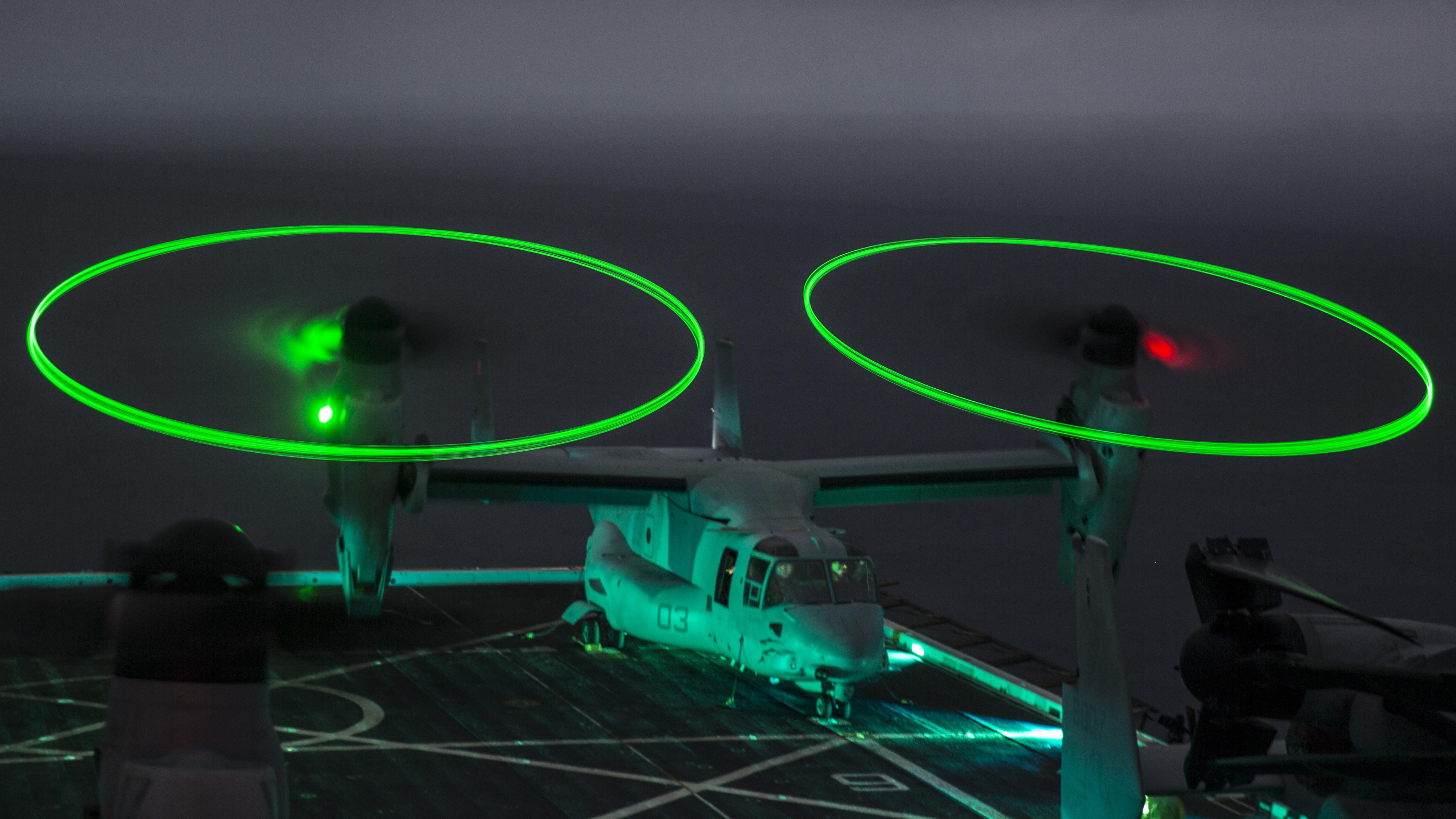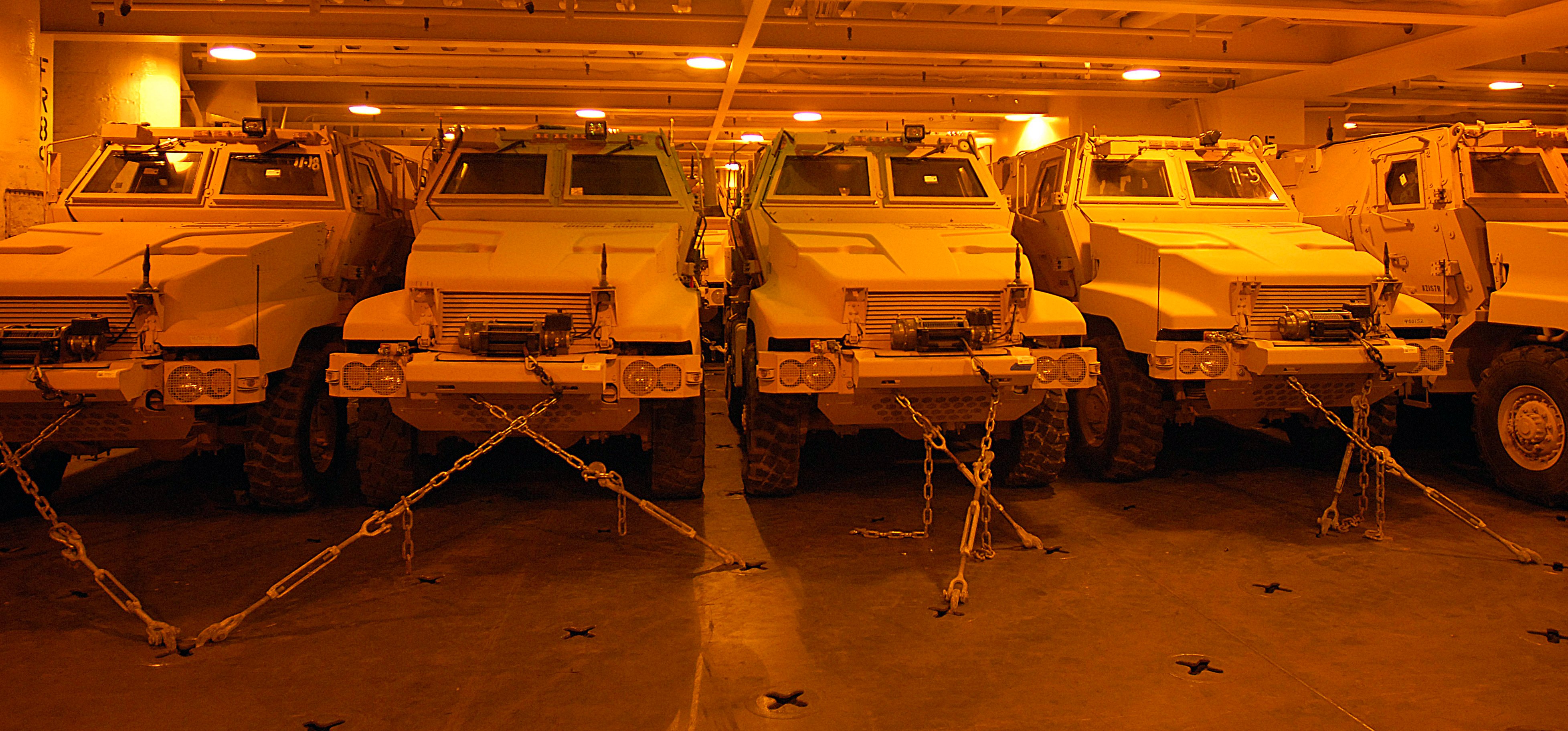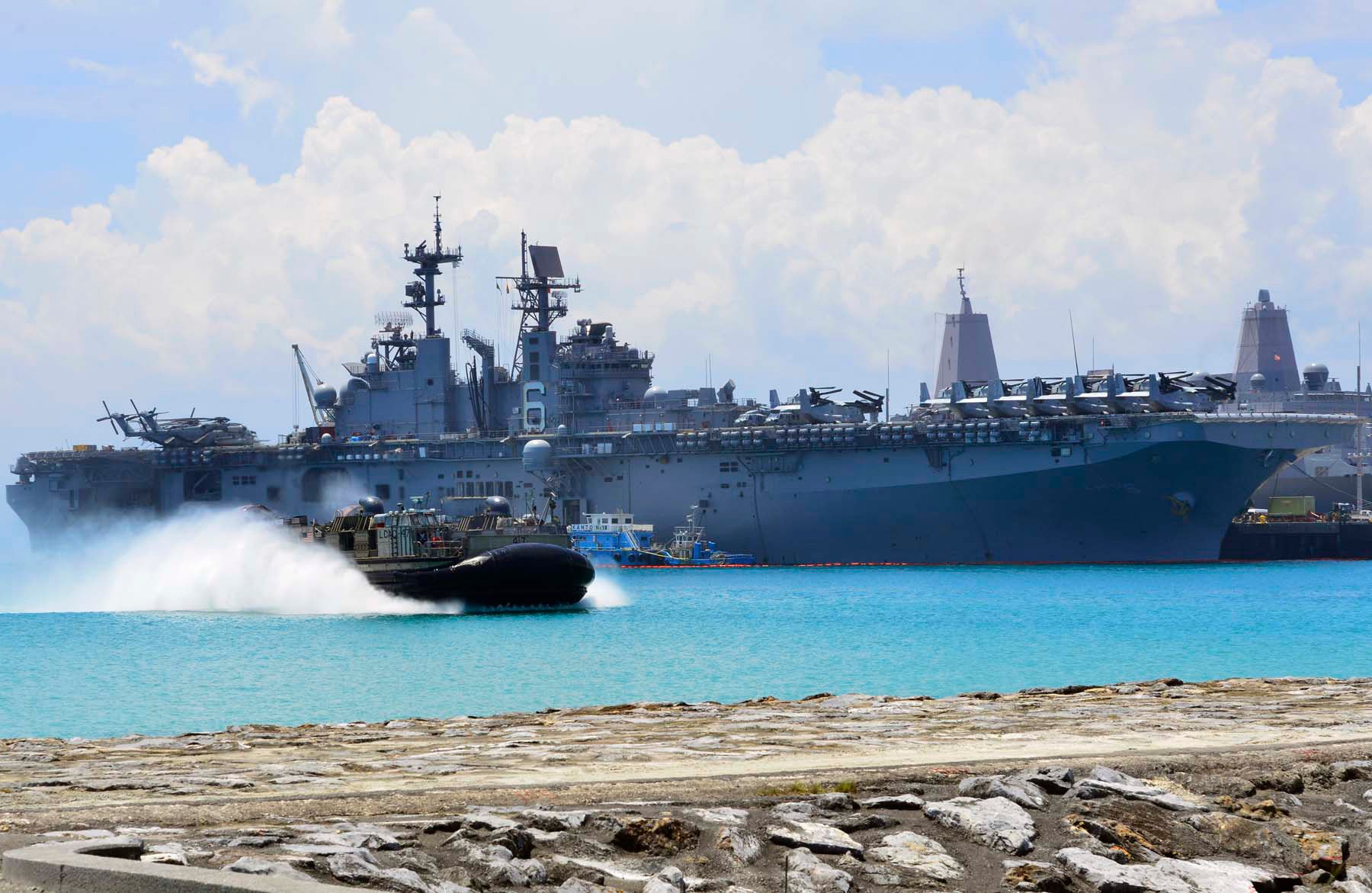
MARINE CORPS BASE QUANTICO, Va. – The Marine Corps has not evolved its ship-to-shore maneuver tactics nearly as much as it has its air and ground operations to keep up with threats and technology development, and the service hopes to change that through an innovative rapid prototyping effort to quickly hash through potential game-changing technologies.
Marine Corps Combat Development Command commanding general and Deputy Commandant for Combat Development and Integration Lt. Gen. Robert Walsh described to reporters how the Marine Corps in World War II approached amphibious landings – and compared to recent amphibious exercises in Rim of the Pacific, Bold Alligator and Ssang Yong, “you take a look at that picture and you go, hmm, it doesn’t look a whole lot different. Tactics, techniques and procedures, a lot of it remains today.”
Walsh said he wants to upgrade Marine Corps ship-to-shore maneuver using the same technological advances that pushed air and ground operations into the 21st century – robotics, unmanned vehicles, data sharing, and leveraging the electromagnetic spectrum.
To that end, the service released a special notice last week to solicit ideas from defense industry, commercial industry, academia, government labs and warfare centers and more.
The Ship to Shore Maneuver Exploration and Experimentation (S2ME2) Task Force, established on August 24, released the notice on Oct. 11 and will receive ideas through Oct. 31.
“The first exercise will be held April 15-27, 2017 at Marine Corps Base Camp Pendleton, San Diego, California,” according to the special announcement.
“The exercise provides warfighters the opportunity to assess the operational utility of emerging technologies and engineering innovations that enhance the United States Marine Corps (USMC) 21st Century Maneuver Warfare Amphibious Assault concept of operations. Based on the results of the technical and operational assessments from the April exercise, selected participants will be invited to participate in future S2ME2 17 exercises which will progress through more complex scenarios and environments.”

The efforts combines the best of recent innovation pushes in the Navy and Marine Corps. In August the Naval Undersea Warfare Center (NUWC) Division Newport hosted an Annual Technology Exercise, where about 30 technologies in varying levels of maturation were demonstrated. John Burrow, Deputy Assistant Secretary for the Navy for Research, Development, Test and Evaluation (DASN RDT&E) attended the event in Rhode Island and told reporters that “it was exciting because you had both government and industry;, you had ideas that had been matured but had been on the shelf that had an opportunity to demonstrate some capabilities, but you also had some emerging concepts that really started to spawn other ideas on the Navy side on how we need to move forward.”
In July the Marine Corps hosted a Marine Air-Ground Task Force (MAGTF) Integrated Experiment 2016 (MIX 16) event in Marine Corps Air Ground Combat Center Twentynine Palms, Calif., where technologies were put into the hands of Marines to see if and how they might be useful. The new S2ME2 Task Force effort would do both – next month a workshop will be held where innovators can pitch their ideas for new concepts and technologies, and in December submissions will be chosen to advance to the experimentation phase where operational Marines will get hands-on time with selected concepts and technologies in the spring.

Aside from filling an operational need, Walsh and Burrow said this effort may prove to fill an acquisition need too. Walsh said the Marines have done rapid acquisition to meet urgent operational needs before – think the Mine-Resistant Ambush Protected (MRAP) vehicle for operations in Iraq – and it has also worked with Congress to speed up traditional acquisition processes. But this effort is something different: it adds “speed at the concept, requirements and technological feasibility phase” specifically, Burrow said.
“What we believe is that prototyping and experimentation is an integral part of every one of those (phases),” he said.
“And in fact we believe that doing the concept development and the requirements development and the technology development concurrently at the same time really is a significant change in how we do things and will buy tremendous speed as we start to move forward,” he continued, adding that operators will get a better idea of what is technologically feasible and innovators will get a better idea of what the Marines really need.

The effort is technically limited to five aspects of warfighting: ship-to-shore maneuver itself, amphibious fire support and effects, clearing amphibious assault lanes, amphibious command and control, communications, and computers (C4), and amphibious information warfare. However, Walsh and Burrow said they are trying not to bound the effort too rigidly because a company somewhere might submit a totally unexpected idea that changes the way they look at amphibious operations, and they don’t want to limit the proposals in any way. Basic criteria are outlined in the special notice, but Burrow said the number and types of entries selected to continue to the demonstration phase will depend on the submissions they receive.
Though Walsh and Burrow wouldn’t say much about what couldn’t be included in this effort, Walsh rattled off a lot of ideas about what could be included – sending SEALs or Marine Corps Special Operations Command (MARSOC) Marines ashore first instead of fleet Marines in Amphibious Assault Vehicles; an unmanned boat to go ashore first to search for radio frequency signatures or clear mines and obstacles; a robot to go ashore first to sense the area and shoot if needed; decoys and jammers to confuse the enemy about where Marines are coming ashore; automated logistics to support second- and third-wave Marines coming ashore; and much more.
The S2ME2 Task Force is one of a series of Advanced Naval Technology Exercises that Burrow’s office will establish to engage with “industry, academia, and government research and development organizations interested in demonstrating emerging technologies and engineering innovations that address high-priority Navy and Marine Corps missions,” according to the special notice’s listing on FedBizOps.





